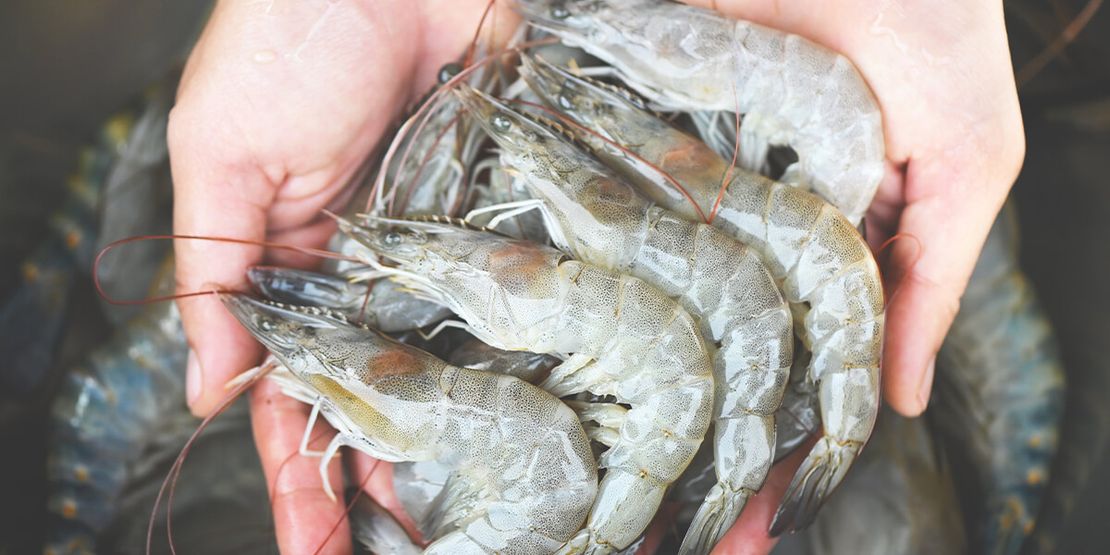Exploring the Global Landscape of Shrimp Farming: Top Producing Countries
Shrimp farming has emerged as a powerhouse industry, with global production surpassing 5 million tonnes in recent years. This article delves into the top shrimp farming countries, their market share, and the nuances of this booming industry.
China: Leading the Pack
China reigns as the largest producer of farmed shrimp, commanding over 50% of global production. With a rich history in aquaculture and expandsive coastal waters, China's shrimp farming operations are vast and efficient. The country's extensive network of hatcheries and farms caters to both domestic and international markets, exporting to major destinations like the United States, Japan, and Europe.
Pros
- Economies of Scale: China's large-scale operations drive efficiency and lower production costs.
- Infrastructure and Expertise: The country's robust aquaculture infrastructure and experience position it favorably to meet soaring global demand.
- Ideal Location: China's favorable climate and coastal access create an optimal environment for shrimp farming.
Cons
- Environmental Concerns: Overfishing and rapid industry expansion have raised alarms about environmental degradation and wild shrimp stock depletion.
- Regulatory Challenges: The industry's lack of stringent regulations and standards has led to issues such as disease outbreaks and pollution.
- Criticism over Practices: Reports of contamination and the use of chemicals and antibiotics have sparked concerns over food safety and environmental sustainability.
Indonesia: A Rising Force
As the second largest producer of farmed shrimp, Indonesia boasts a production exceeding 700,000 tonnes annually. Its extensive coastline and warm waters provide an ideal setting for shrimp farming, fueling significant industry growth. Exporting to key markets in Asia and Europe, Indonesia's shrimp industry plays a pivotal role in the nation's economy.
Pros
- Climate Advantage: Indonesia's favorable climate and abundant coastal waters offer optimal conditions for shrimp cultivation.
- Economic Contribution: The industry's expansion generates employment opportunities and economic prosperity for local communities.
- Efficient Operations: Large-scale operations and streamlined production processes contribute to cost efficiency and global competitiveness.
Cons
- Environmental Impact: Rapid industry expansion has sparked concerns regarding water quality and pollution, threatening fragile ecosystems.
- Regulatory Gaps: Similar to China, Indonesia faces challenges related to lax regulations and standards, resulting in disease outbreaks and contamination incidents.
- Chemical Usage: The widespread use of chemicals and antibiotics in farming practices raises questions about food safety and environmental sustainability.
Thailand: A Growing Contender
Thailand secures its position as the third largest producer of farmed shrimp, with an annual production exceeding 500,000 tonnes. With its warm climate and coastal abundance, Thailand's shrimp farming sector experiences robust growth, contributing significantly to the nation's economic landscape. Exporting to key markets in Asia and Europe, Thailand's shrimp industry continues to thrive.
Pros
- Ideal Climate: Thailand's favorable climate and extensive coastal areas create an optimal environment for shrimp cultivation.
- Economic Boost: Industry expansion translates into job creation and income generation, bolstering local economies.
- Competitive Edge: Large-scale operations and efficient production methods enhance cost-effectiveness and global market competitiveness.
Cons
- Environmental Implications: The rapid growth of the shrimp industry raises concerns about environmental degradation and pollution, echoing issues faced by other top producers.
- Regulatory Challenges: Regulatory shortcomings contribute to lapses in industry standards, resulting in disease outbreaks and environmental contamination.
- Chemical Usage: The industry's reliance on chemicals and antibiotics raises apprehensions regarding food safety and environmental sustainability, mirroring concerns prevalent in other shrimp farming nations.
Conclusion: Navigating the Future of Shrimp Farming
While China, Indonesia, and Thailand lead the charge in global shrimp production, the industry faces a myriad of challenges and opportunities. As demand for shrimp continues to surge worldwide, stakeholders must prioritize sustainable practices and regulatory reforms to mitigate environmental impacts and ensure food safety.
Efforts to address issues such as overfishing, pollution, and regulatory gaps are imperative to safeguard the long-term viability of shrimp farming. Embracing innovative technologies, promoting responsible farming practices, and fostering collaboration among industry players and regulatory bodies can pave the way for a more sustainable and resilient shrimp farming sector.
By addressing these challenges head-on and embracing sustainable practices, the top shrimp farming nations can chart a course toward a brighter, more sustainable future for the industry. As global demand for shrimp continues to escalate, proactive measures and collective action are essential to navigate the complexities of the evolving shrimp farming landscape.
Recommended for you
Top 10 Bangkok's Most Popular and Busiest Districts
Rowan (Guinness Bear)
Global Shrimp Industry: Knowing the Key Players and Dynamics
Riley Sinclair (Digital Aqua Bear)
How To Deal With Sexually Confused Straight People in Thailand?
Jamie (Curious Bear)















